RJ Walker / $25 Wreck (1/2)

- Type:
- shipwreck, side-wheel steamer USA
- Built:
- Nov 27, 1847
- Specs:
- ( 133 x 31 ft ) tons
- Sunk:
- June 21, 1860
collision with schooner Fanny - Depth:
- 85 ft
This site was found in the 1970s by a commercial fisherman. The numbers were sold for $25, hence the name. Originally an armed Revenue Cutter like the RC Mohawk, the Walker was found to be less than satisfactory - the early steam propulsion systems were troublesome and inefficient. Eventually, the vessel was transferred from the Revenue Service to the Coast Survey Service, where it proved to be a vast improvement over the sail-powered vessels of the era for this sort of work. Being self-propelled, the Walker could simply motor up to the survey site and easily stay on station, not subject to the vagaries of the wind. The wreck was positively identified in 2013.
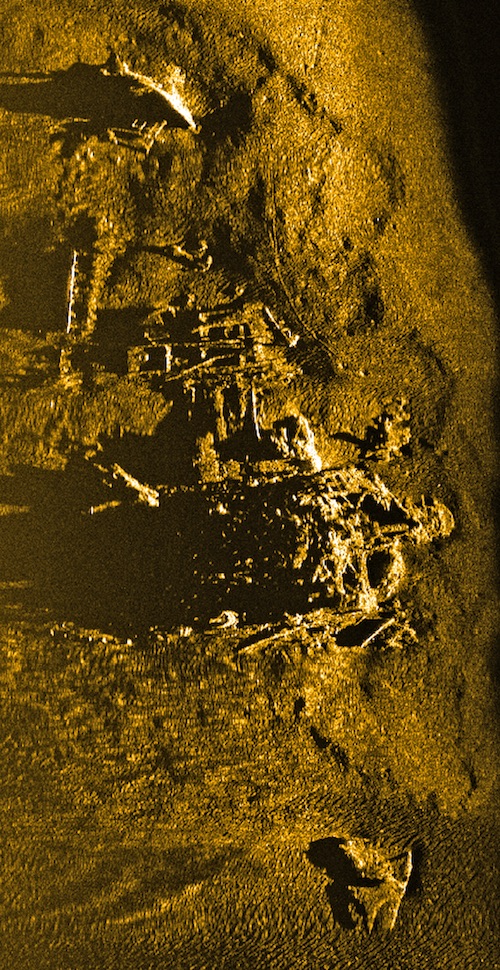
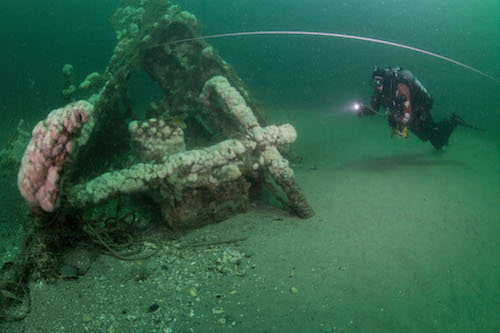
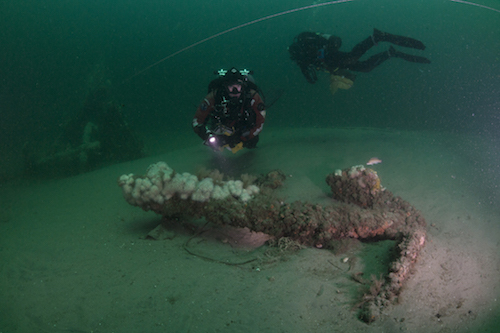
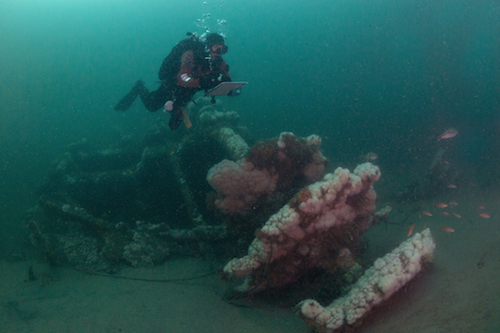
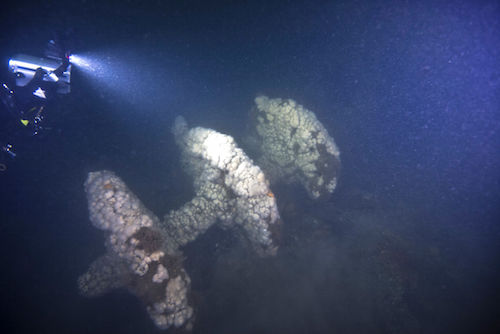
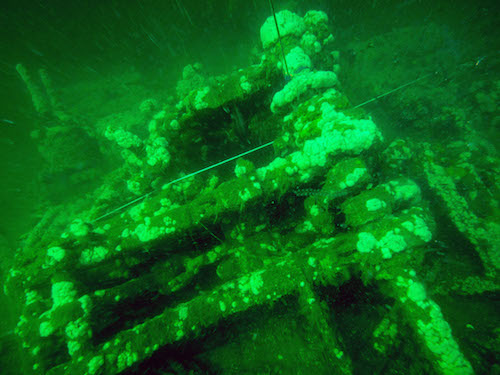


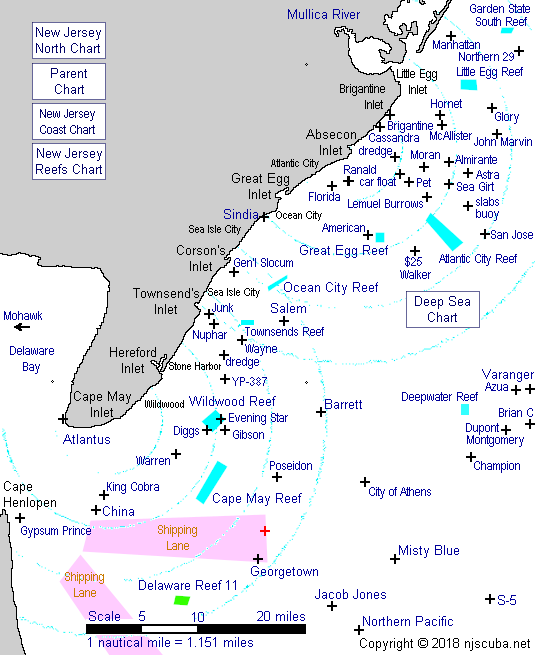
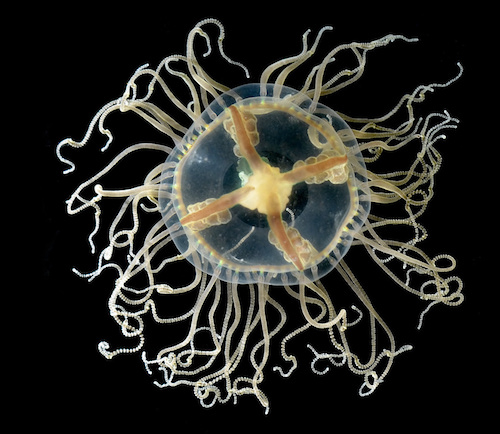
Questions or Inquiries?
Just want to say Hello? Sign the .